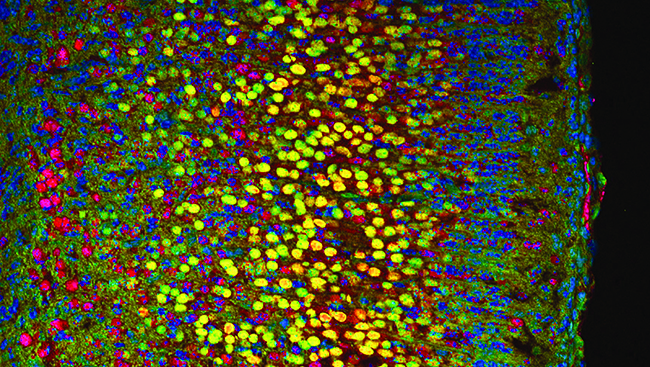
As the knowledge base in neuroscience continues to expand, educators need timely resources to engage their students. Educational Resources in Neuroscience (ERIN) was a web portal developed by the Society for Neuroscience (SfN) with funding from the National Science Foundation (NSF). The database included videos, interactive quizzes, and simulators, all selected and reviewed by experts. Selected resources from ERIN can now be found on Neuronline.
Resource Highlighted: NEBCUTTER V2.0
Audience: Introductory, intermediate, and advanced undergraduates; graduate students; and clinical degree candidates
Summary
Genomics research is becoming increasingly important in neuroscience, so it’s never too soon for students to begin mastering needed skills. NEBCUTTER V2.0, developed by scientists at the New England BioLabs, is a tool for cutting gene sequences.
The tool begins with a DNA sequence. From there, it can find the large, non-overlapping reading frames using the E.coli genetic code and the sites for all Type II and commercially available Type III restriction enzymes. Together, they cut the sequence just once.
The database includes a set of enzymes, but others may be added. Simply type in the sequence and hit “Submit.” The maximum size of the input file is 1 MB, and the maximum sequence length is 300 KBases.
Using NEBCUTTER
The tool has numerous applications in the classroom. Students can use it in wet or in silicon labs to determine where DNA will cleave to enzymes. In some instances, moving the mouse over an enzyme name will produce a box with the recognition sequence. In addition, the bases of that recognition will be underlined.
Another feature is the ability to move the mouse onto the bands to uncover more information. The fragment length and the enzyme that produced each end of the fragment will be displayed.
This is a free resource available online. It provides a good introduction — or a substantive review — of the steps involved in cutting gene sequences.





